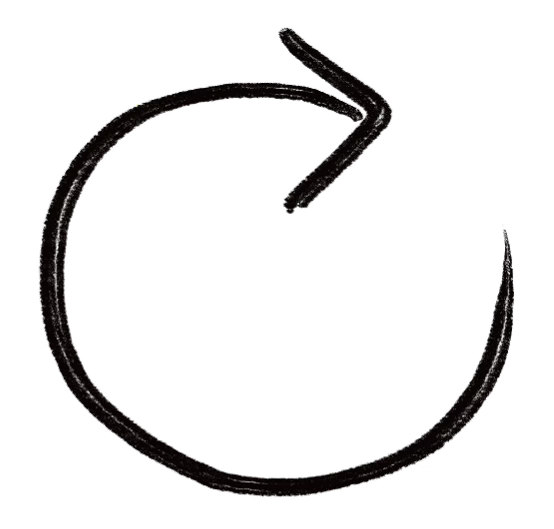Transition
Create a pivot practice
One of the questions I’m asked most about rest is how we can fit it in amongst all the other things that need doing. We are tired! How can we rest more? (Spoiler) my response is to use transitions to rest.
The possibility of resting more as you navigate the action of your day might feel counterintuitive given that you have things to get on with. I get that. But consider that the abundance of little spaces between things ending and beginning as you move through your day are like release valves that hold the power to refuel you and keep you going.
Something is ending and something is beginning, but without a transition, we end up rushing from one thing to the next. Notice for a moment — are you leaning forward, pace slightly up-tempo, or even fully rushing? Do you need to be? Sometimes, sure, yes. But more often than not, no. We’re so accustomed to a fast pace that we don’t even notice how much we’re leaning in and how much additional energy we’re expending needlessly. Tension accumulates when we operate in this randomized way, a wispy build up… carrying all that around is tiring.
How? Solution below — use these pages from my new book Move, Rest, Recover (which is, btw, full of practical, accessible practices like this) to activate recovery in the moments when you need rest the most.
Keep reading with a 7-day free trial
Subscribe to Balance Practice to keep reading this post and get 7 days of free access to the full post archives.




